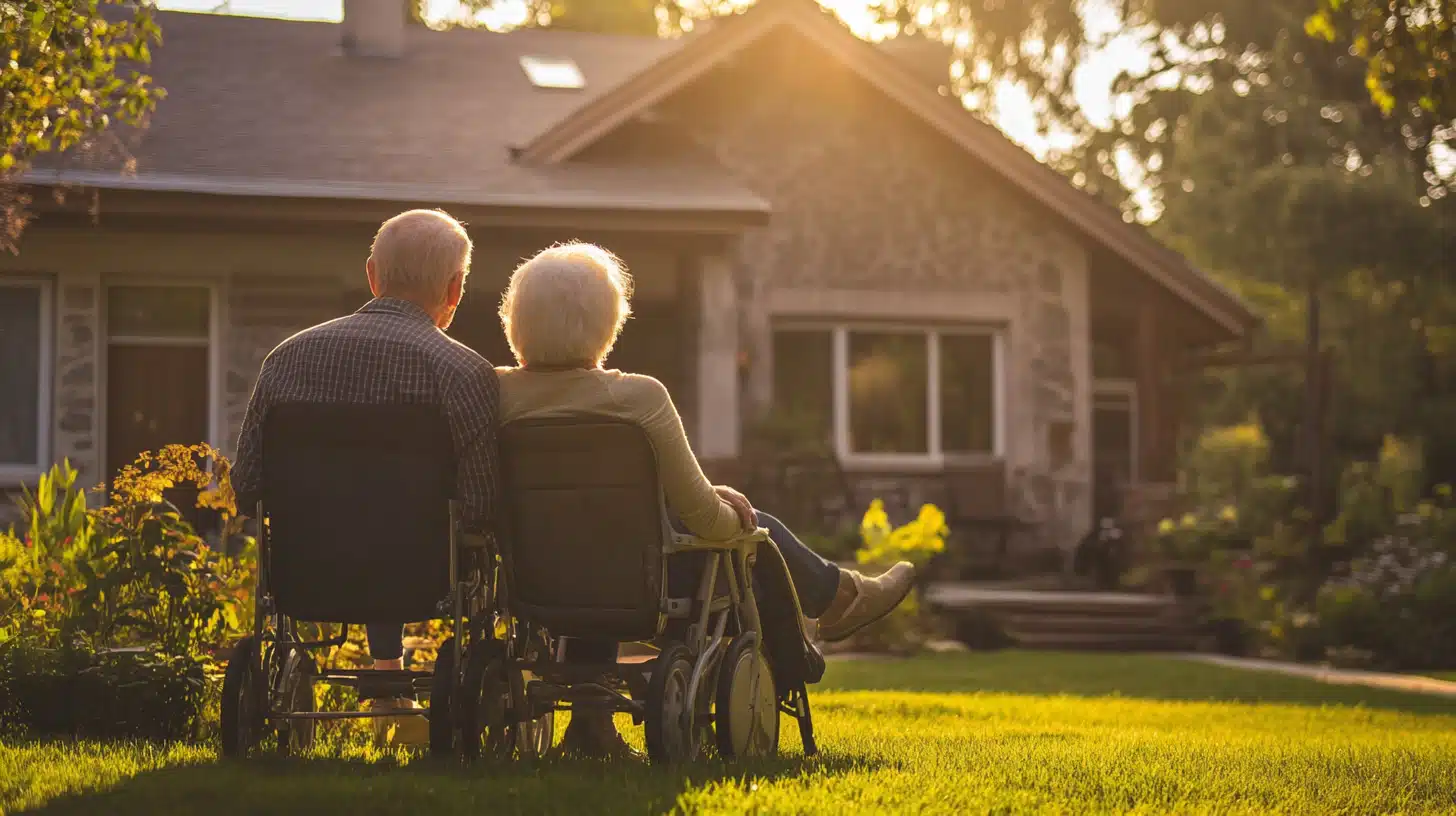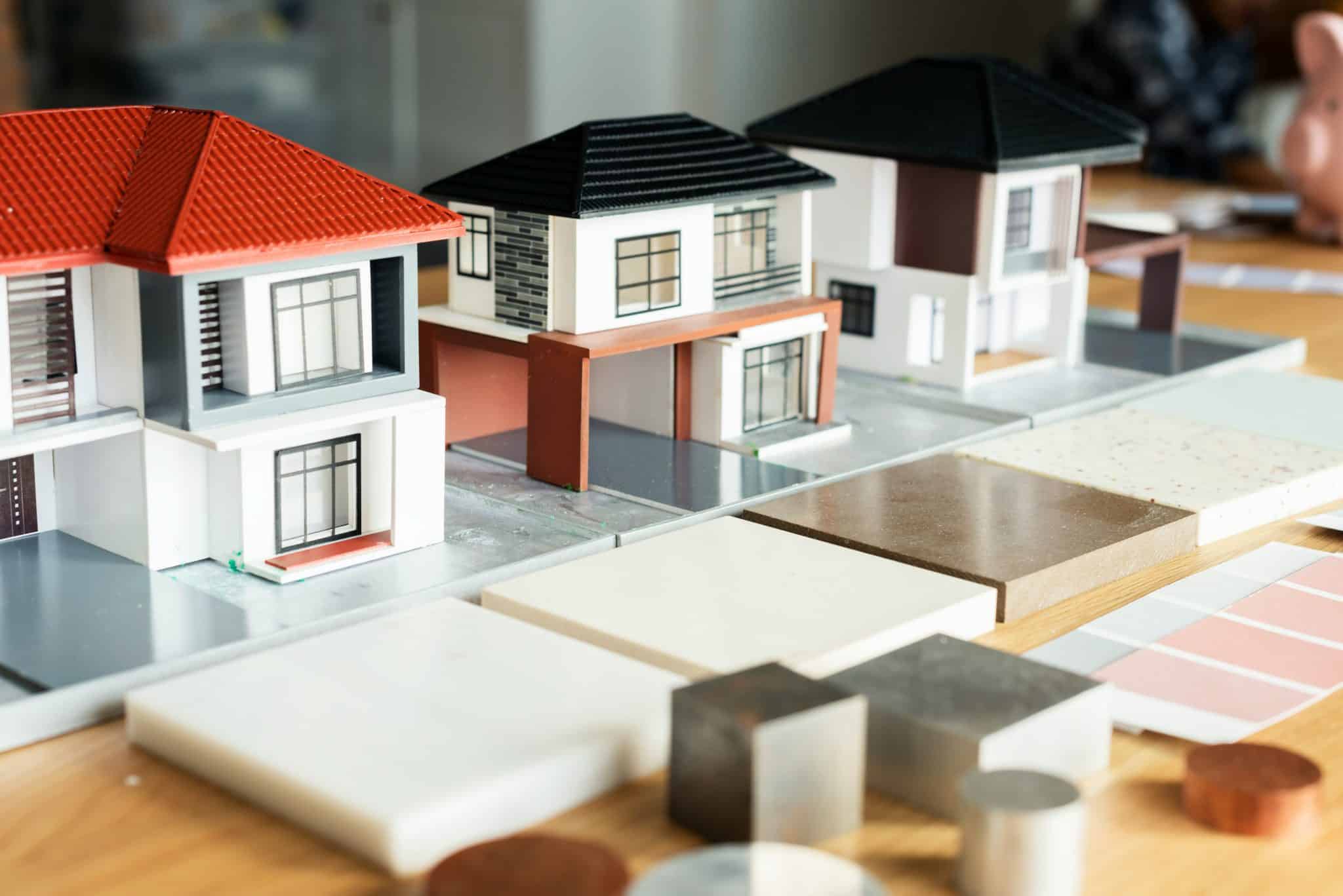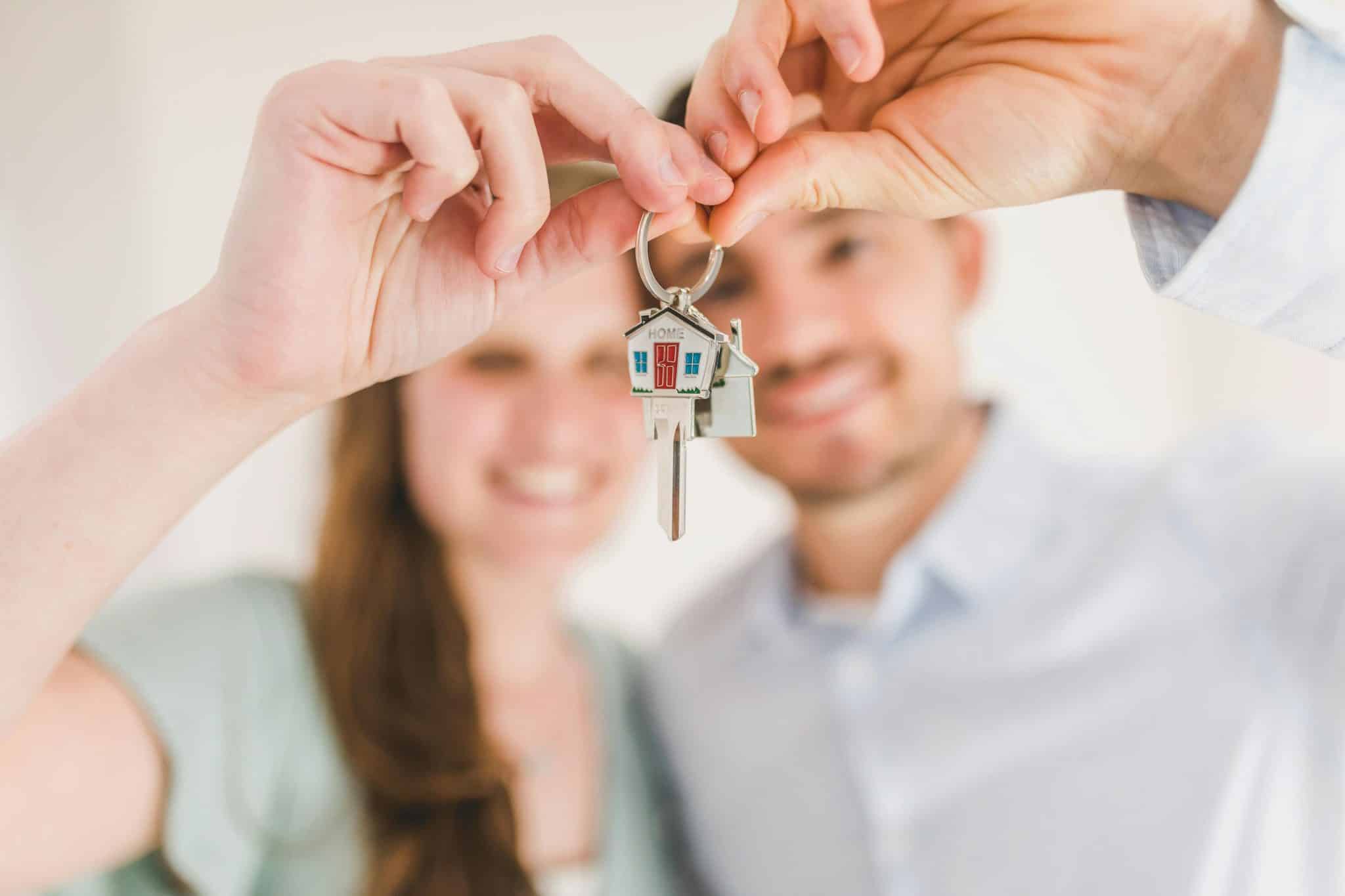In an era where our living spaces need to adapt to our changing needs, thoughtful home design has never been more important. Creating a home that evolves with its residents ensures comfort, safety, and independence throughout the various chapters of life.
From young families to senior citizens, accessible design benefits everyone by combining practicality with aesthetics to create environments that are both functional and beautiful.
The Evolution of Accessible Home Design
Gone are the days when accessible design meant institutional-looking grab bars and clinical aesthetics. Today’s approach to accessible home design seamlessly integrates universal design principles with contemporary style. Modern accessible homes prioritize open spaces, intuitive layouts, and adaptable features that accommodate changing mobility needs without sacrificing visual appeal.
The growing popularity of aging in place—the concept of living in one’s home safely and independently as one ages—has driven innovation in home design. As the population ages, homeowners increasingly seek residences that will remain comfortable and functional throughout their lives, eliminating the need for disruptive and expensive renovations later on.
Foundation of Accessible Design: Open, Single-Level Layouts
The cornerstone of accessible home design begins with thoughtful spatial planning. Open floor plans eliminate unnecessary barriers and create fluid transitions between living areas. Wide hallways (ideally 42 inches or wider) provide ample space for mobility aids and ensure comfortable passage for everyone.
Single-level living arrangements remove the hazards associated with staircases and create a seamless experience throughout the home. For multi-story homes, planning for a future elevator or stair lift installation can be a forward-thinking approach. Including a master bedroom and full bathroom on the main floor ensures that essential living spaces remain accessible regardless of mobility changes.
Doorways designed with 36-inch widths accommodate wheelchairs and walkers with ease. Lever-style door handles, rather than traditional knobs, benefit those with limited hand strength or dexterity. These seemingly small details make a significant difference in daily usability.
Creating Accessible Bathrooms and Kitchens
Bathrooms and kitchens present unique challenges and opportunities for accessible design. In bathrooms, curbless showers with bench seating eliminate trip hazards while providing a spa-like aesthetic. Strategically placed grab bars that double as towel bars or shelving blend functionality with style. Comfort-height toilets and vanities with knee clearance accommodate users of all abilities.
Kitchen design innovations include variable-height countertops, pull-out shelving, and touch-activated faucets. Side-opening ovens and drawer-style dishwashers reduce the need for bending. Islands with seating areas provide resting spots during meal preparation. These features benefit everyone, from a parent balancing a child on their hip to an older adult with arthritis.
The Role of Technology in Accessible Living
Smart home technology has revolutionized accessible living. Voice-controlled systems manage lighting, temperature, security, and entertainment without requiring physical interaction. Automated blinds and curtains adjust to optimize natural light throughout the day. Video doorbells with smartphone integration allow residents to screen visitors from anywhere in the home.
Motion-sensor lighting in hallways, bathrooms, and stairwells enhances safety during nighttime navigation. Smart appliances with remote monitoring capabilities provide peace of mind for family members concerned about their loved ones’ well-being. These technological solutions offer independence and security without intrusive monitoring.
Flooring Considerations for Safety and Comfort
Appropriate flooring choices significantly impact home safety and accessibility. Slip-resistant surfaces in bathrooms and kitchens reduce fall risks. Transitions between flooring types should be smooth and level to eliminate trip hazards. Carpeting, while comfortable, should have a low pile and firm padding to facilitate easy mobility for wheelchairs and walkers.
Hard flooring materials like engineered hardwood, luxury vinyl plank, or porcelain tile offer durability and ease of maintenance while providing a stable surface for mobility aids. Contrasting colors between walls and floors help those with visual impairments navigate spaces confidently.
The Advantages of Acreage Home Designs for Accessibility
When considering accessible home options, acreage home designs and prices offer distinct advantages. The spacious layouts typical of acreage homes provide ample room for wider hallways, larger bathrooms, and more generous living areas without compromise. This extra space allows for thoughtful placement of furniture with clear pathways for movement.
Acreage properties also offer flexibility for future additions like guest suites or caregiver accommodations. The potential for single-level living eliminates the need for stairs entirely. Expansive outdoor spaces can be designed with accessible paths, raised garden beds, and covered outdoor living areas that connect residents with nature regardless of mobility challenges.
The investment in acreage home designs often proves economical in the long run, as these homes can accommodate changing family structures and needs without requiring major renovations. Many acreage home designs incorporate multi-generational living options, allowing families to stay together while maintaining privacy and independence.
Lighting Design for Accessibility and Ambiance
Effective lighting design serves both practical and aesthetic purposes in accessible homes. Abundant natural light reduces eye strain and improves mood. Task lighting in work areas enhances visibility for detailed activities. Ambient lighting creates a warm, inviting atmosphere while ensuring adequate illumination for safe navigation.
Rocker-style light switches installed at accessible heights (typically 48 inches from the floor) benefit users of all heights and abilities. Dimmer switches allow customization of lighting levels throughout the day. Strategic placement of windows and skylights maximizes natural light while reducing energy consumption.
Outdoor Spaces: Extending Accessibility Beyond the Home
Truly accessible living extends to outdoor spaces. Gently sloping walkways eliminate the need for steps while blending naturally with the landscape. Covered entryways protect residents from the elements while entering or exiting the home. Raised garden beds bring planting areas to a comfortable working height for gardeners with limited mobility.
Outdoor living spaces with level surfaces, adequate seating, and protection from the elements extend the usable areas of the home. These thoughtfully designed outdoor rooms create opportunities for socialization and connection with nature, essential components of well-being at any age.
Color and Contrast: Visual Accessibility Considerations
Visual accessibility deserves attention in comprehensive home design. High-contrast color schemes between walls, floors, and trim help residents with visual impairments navigate spaces safely. Color coding can aid in identifying different areas of the home or specific items like medication containers.
Matte finishes on surfaces reduce glare, which can be disorienting for some individuals. Consistent lighting levels throughout the home minimize the need for eyes to adjust when moving between spaces. These visual accessibility features benefit everyone, from children learning spatial awareness to seniors experiencing age-related vision changes.
Planning for Multigenerational Living
As multigenerational households become increasingly common, home designs must accommodate diverse needs. Acreage home designs often include flexible spaces that can serve as private living quarters with separate entrances, kitchenettes, and accessible bathrooms. These arrangements allow family members to share resources while maintaining independence.
Shared common areas like kitchens and living rooms become gathering spaces that foster connection across generations. Thoughtful acoustic design helps manage noise levels between private and shared spaces. Storage solutions accommodate the belongings of multiple household members without creating clutter.
The Financial Perspective: Investing in Accessibility
While incorporating accessible design features may represent an initial investment, the long-term financial benefits are substantial. Homes designed with accessibility in mind generally have broader market appeal, potentially increasing resale value. The cost of preventative design is typically much lower than reactive renovations necessitated by unexpected changes in mobility.
Insurance considerations also favor accessible design, as safer homes may qualify for reduced premiums. Energy-efficient features often incorporated into accessible designs, such as smart thermostats and LED lighting, reduce ongoing utility costs. These financial advantages complement the primary benefit of creating a home that supports independence and quality of life.
Implementing Accessible Design: Working with Professionals
Collaborating with knowledgeable professionals ensures successful implementation of accessible design principles. Architects and designers specializing in universal design can identify opportunities to enhance accessibility without compromising aesthetics. Occupational therapists offer valuable insights into specific adaptations that support individual needs.
When evaluating different housing options, asking about accessibility features and modification potential helps identify designs that will serve residents well into the future. Home builders experienced in accessible construction understand the nuances of proper installation heights, clearances, and materials selection.
Creating a Home for a Lifetime
The most successful accessible homes anticipate needs while creating beautiful, functional spaces that enhance daily living for everyone. By incorporating thoughtful design elements from the outset, homeowners create environments that adapt to changing circumstances without requiring disruptive renovations or relocations.
The growing availability of stylish, accessible home products and designs means that accessibility no longer requires sacrificing aesthetics. From spacious acreage home designs to smart technology integration, today’s accessible homes are sophisticated, comfortable, and prepared for whatever life brings.
By embracing the principles of accessible design, homeowners invest not just in a physical structure, but in a foundation for independence, safety, and quality of life for years to come. A home designed with accessibility in mind truly becomes a home for all seasons of life.








